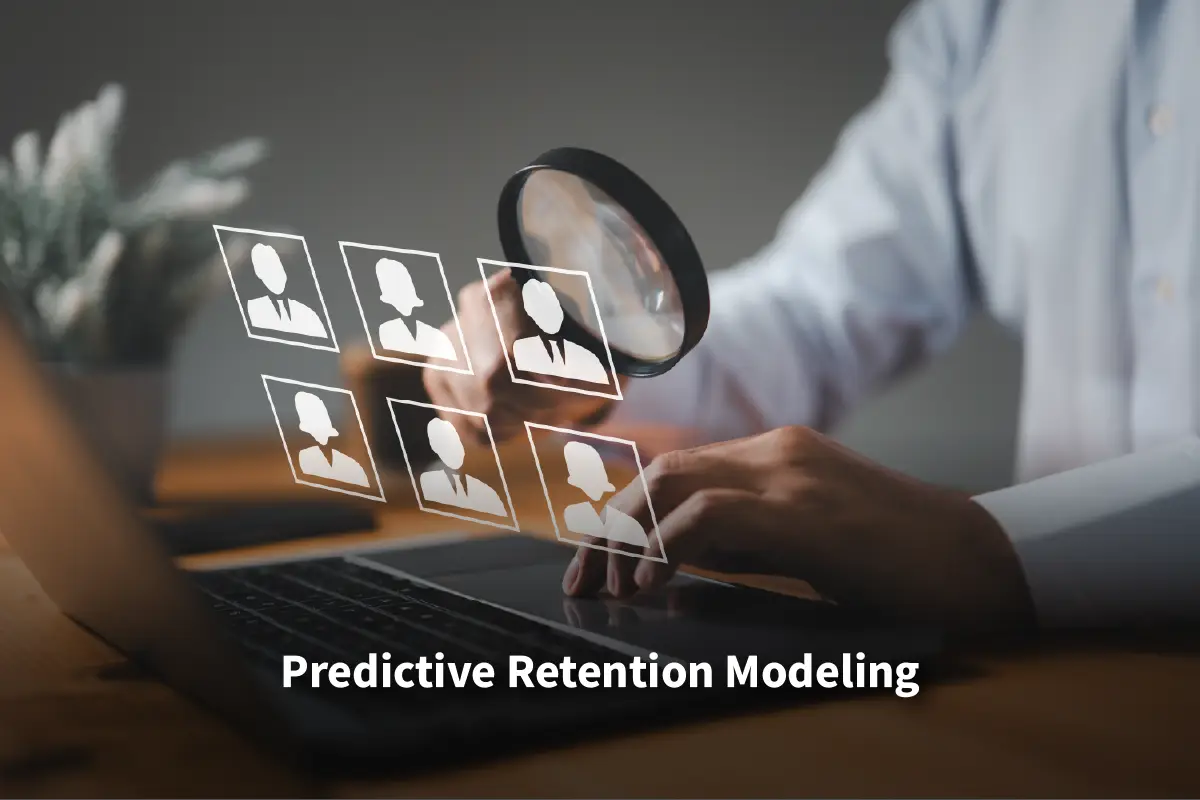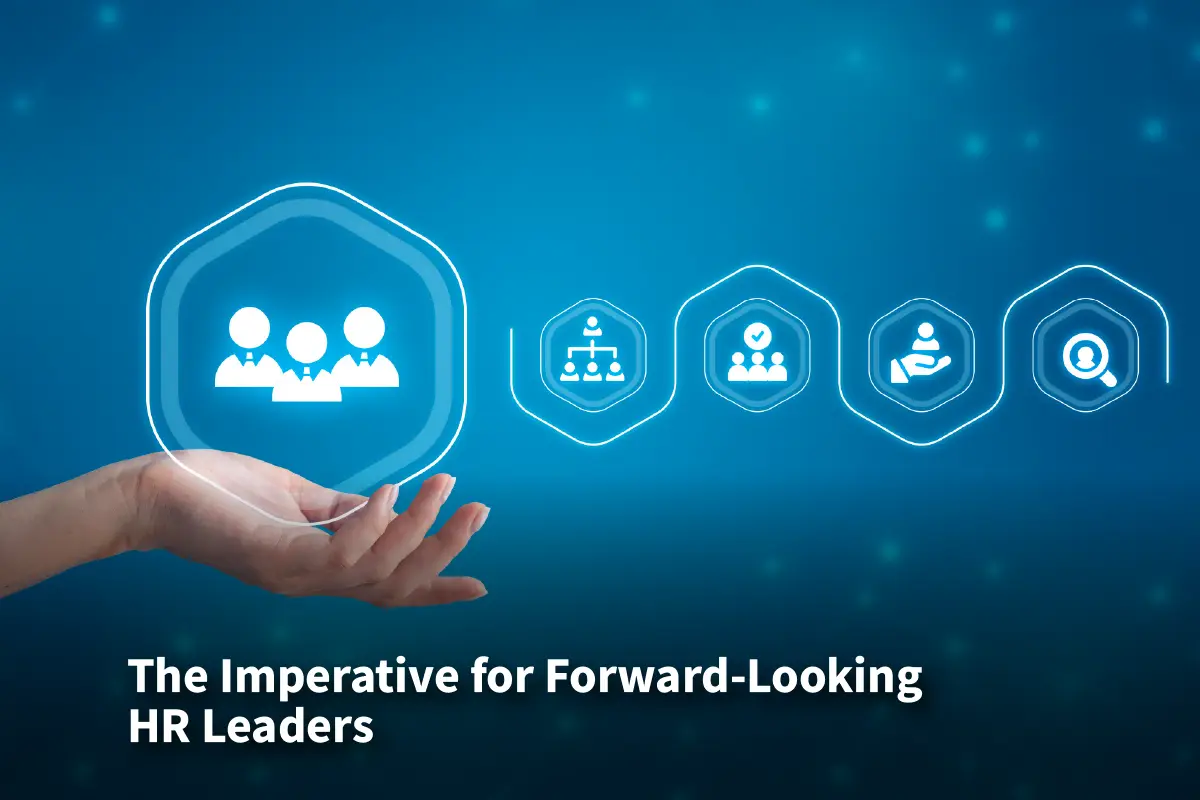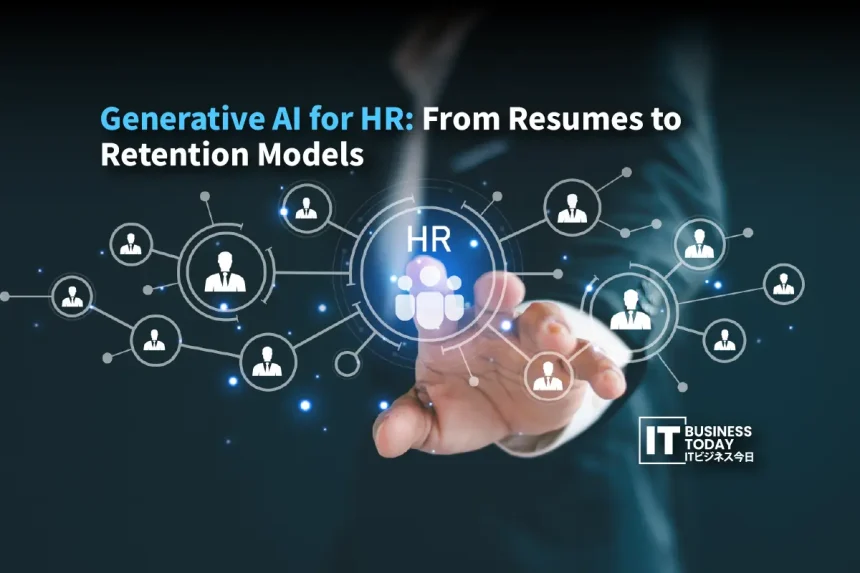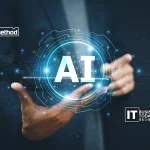Human Resources tasks have been a complex, time-consuming nightmare for decades. We must efficiently review resumes, craft targeted interview questions, and onboard new hires. Understanding why top performers leave is crucial. In this competitive environment, HR’s strategic potential often feels out of reach. It can shape culture, boost engagement, and spark innovation. But these goals often feel out of reach. Enter Generative AI. This isn’t just another automation tool. It’s a game changer. It changes how HR leaders attract, assess, develop, and keep talent. We’re moving from reactive paperwork to proactive human potential. This change is happening now.
Beyond the Resume Pile Where AI Works as the Ultimate Talent Scout
The resume black hole is well-known. Qualified candidates disappear unnoticed, while unqualified one’s slip through. Traditional keyword searches are blunt instruments, missing nuance and context. Generative AI changes this dynamic profoundly. Picture systems that don’t just look for keywords. They also really understand resumes, cover letters, and portfolios. They can read unique formats. They find key skills and experiences in dense text. This helps uncover candidates who might be overlooked by strict ATS filters.
This goes beyond simple matching. Advanced models can look at a candidate’s digital footprint. But they need consent and must follow ethical limits. They can provide insights into problem-solving, communication style, and cultural fit from relevant work sources. The result isn’t just faster screening; it’s smarter screening. HR teams shift from managing paperwork to becoming strategic talent advisors. They focus their time on the most promising and aligned individuals. The days of drowning in PDFs are ending. Now, we have curated shortlists full of potential.
Resume submissions have surged, LinkedIn reports an average of 11,000 job applications per minute, with a 45% year-over-year increase. Meanwhile, 73% of organizations now use AI to screen resumes.
Also Read: How Blockchain is Rewiring Japan’s Intellectual Property Backbone
Reimagining the Interview
Hiring managers and recruiters can use generative AI to change the interview process. This advanced technology creates specific behavioral questions. These questions help evaluate important skills correctly. AI builds them from large databases of successful role profiles and industry best practices. Unsure how to assess a candidate’s response to a complex scenario? AI offers real-time analysis. It spots strengths, finds gaps, and shows how well someone matches company values.
AI can help reduce unconscious bias. It does this by keeping questions consistent and focused on job-related criteria. It also analyzes answers based on set competency frameworks, not just instinct. This doesn’t remove the human element; it elevates it. Interviewers come to conversations ready and focused. They can have real discussions that uncover true potential, not just practiced answers. The interview transforms from an interrogation into a strategic exploration of mutual fit. Recruiters report nearly one-third of HR leaders use generative AI during hiring processes.
From Information Dump to Immersive Integration
A new hire’s first weeks are critical for engagement and long-term retention. Traditional onboarding can feel overwhelming. It often overloads new hires with information. They face logistical issues and feel isolated. Generative AI personalizes this journey. Picture an AI onboarding buddy. It’s there for you 24/7. You can ask about benefits, company policies, or the best coffee spots. It creates personalized learning paths. It suggests training modules that fit a person’s role, background, and learning style from the start.
AI can create welcome packages just for you. It can also summarize key team members and projects. Plus, it can simulate common work scenarios for practice. This creates a seamless, supportive, and engaging entry point. New hires feel valued from day one. This helps them get productive quickly. They also connect right away with the organization’s mission and people. You can greatly reduce the expensive churn that often occurs in the first six months.
Companies with structured onboarding report 82% higher retention, and onboarding can improve new hire productivity by up to 70%.
Predictive Retention Modeling

Improving hiring and onboarding is important. But using Generative AI to predict and lower turnover is even smarter. Traditional retention efforts usually react too late. They use exit interviews when employees leave. They also conduct engagement surveys. However, these surveys show problems only after they become serious. Generative AI enables a proactive approach through sophisticated predictive retention modeling.
Generative models can spot hidden patterns in large, anonymized datasets.
These include:
- performance reviews
- engagement survey sentiments
- project participation
- recognition trends
- compensation benchmarks
They analyze manager feedback and anonymous communication data. They do this while following strict ethical guidelines. AI examines these details with impressive depth, revealing insights that people might miss. They can better predict which employees might leave and, importantly, why.
It might be a top performer in a team that often loses members. This could suggest a problem with management. It might be an employee with sought-after skills. However, their career growth inside the company feels stuck. It could also be someone who shows subtle signs of disengagement in peer feedback. Generative AI doesn’t just spot risks. It also provides insights into what causes them. Plus, it can suggest specific intervention strategies.
Leaders get alerts: ‘High-value employee X is 85% likely to leave due to limited growth options.’
Recommended actions:
- Schedule a career path discussion.
- Suggest a mentorship program connection.
- Increase visibility on Project Y.
This shifts retention from a blanket HR program to personalized, pre-emptive talent preservation. AI-powered predictive retention models are showing up to 87% accuracy in forecasting attrition risk.
Navigating the Human-Machine Partnership in Ethics, Trust, and the Human Touch
Generative AI will revolutionize HR, but only with meticulous planning. We must prioritize ethical considerations. Bias mitigation needs ongoing attention. This involves regular audits of AI outputs. It also uses varied training data and makes sure there is human oversight. Transparency is essential. Candidates and employees have a right to clear explanations of how AI affects them. They should also have clear ways to appeal and seek human review.
Data privacy and security are critical. Managing sensitive employee information needs strong governance and strict access controls. It also needs to follow changing global rules. This includes GDPR and new AI regulations. Crucially, AI should augment human judgment, not replace it. Skilled HR professionals and people managers offer empathy, understanding, and cultural insight. Their ethical reasoning is also irreplaceable. AI offers insights and boosts efficiency. Humans bring wisdom and compassion, making the final decision with a complete perspective. As of 2025, 75% of employees report using generative AI at work, and 76% of HR leaders say failure to adopt AI will result in competitive disadvantages within two years.
Building trust is essential. Leaders need to explain AI’s purpose and benefits clearly. They should involve employees in its design and feedback. They must show that AI empowers and promotes fairness. It should not be used for surveillance or making random decisions. The goal is a partnership where AI takes care of scale, pattern recognition, and admin tasks. This lets people focus on building relationships, coaching, solving tough problems, and creating a positive workplace culture.
The Imperative for Forward-Looking HR Leaders

Generative AI is transforming HR landscapes today. Leaders who seize this opportunity will dominate their competition:
- Superior Talent Quality: AI-driven assessments lead to fairer, more accurate hiring decisions.
- Rapid Time-to-Productivity: Personalized onboarding gets new hires contributing faster and more effectively.
- Save Money: Lower turnover costs boost recruitment spending, and allow HR to focus on key tasks.
- Strategic HR Decision-Making: Use data insights to guide talent choices and programs, not just intuition.
- Improved Employee Experience: AI support offers clear career paths, wellness programs, and tailored guidance.
- Elevated HR Leadership: Move from admin tasks to strategic, data-driven talent advisory roles.
To succeed, leaders need to plan well. They should keep ethical standards high and commit to learning continuously. Launch pilot programs, focusing on targeted resume screening and personalized onboarding. Upskill your HR team to effectively manage and leverage these tools. Collaborate with IT and legal to establish robust governance frameworks.
The Final Word
Generative AI in HR revolutionizes traditional automation. It sparks a radical transformation from process management to human potential realization. This shift propels us from reactive crisis management to proactive talent development. We now focus on strategic human connection, unhindered by administrative tasks.
The future of HR is for leaders who use technology not to replace people, but to enhance them. To create organizations that not only hire talent but also see, develop, understand, and inspire it to grow. The revolution is here. The question isn’t whether you will use Generative AI in HR. It’s about how wisely and humanely you will use its power. The playbook is being rewritten. Be an author, not a footnote.







